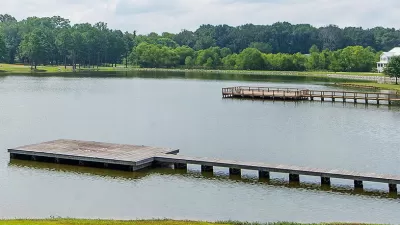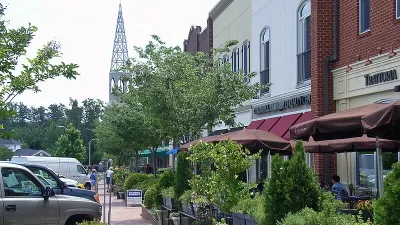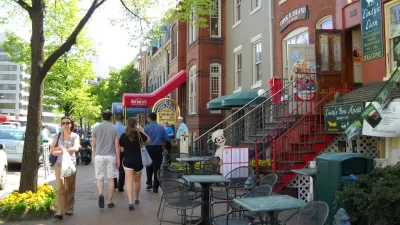Developer Casey Roloff has built an ambitious new community on the Washington coast with New Urbanist ideas and a Northwest flavor.
"Seabrook, as Roloff explains it, resonates with people because it has expanded on the tricks of town building, aka new urbanism, pioneered with the creation of Seaside, Fla., in 1979.
Roloff made a pilgrimage there before he started Seabrook. He also employed Laurence Qamar, a Portland architect who studied under the architects who founded Seaside, as Seabrook's town planner. He also hired, as Seabrook's director of town development, Stephen Poulakos, a landscape architect who helped create the new urbanist community of Rosemary Beach, Fla.
Building Seabrook works like this: Rather than wipe the 88 acres clean, the town gets placed into its natural setting. Most lots kept some fir, pine or alder. No one has a lawn, but the small yards incorporate Oregon grape, Maidenhair fern, salal and other native plants. The homes, fences and benches incorporate untreated cedar, which gives Seabrook the appearance that it has existed for years.
The town layout, just as Qamar drew it, includes arcing streets and alleys. Homes have covered front porches pushed up to the sidewalks to encourage conversations between homeowners and passers-by. As you get farther from the town center, the sidewalks, curbs and gutters disappear, in favor of paths made of ground oyster shells from Willapa Bay."
FULL STORY: Seabrook's young visionary

Planetizen Federal Action Tracker
A weekly monitor of how Trump’s orders and actions are impacting planners and planning in America.

Chicago’s Ghost Rails
Just beneath the surface of the modern city lie the remnants of its expansive early 20th-century streetcar system.

San Antonio and Austin are Fusing Into one Massive Megaregion
The region spanning the two central Texas cities is growing fast, posing challenges for local infrastructure and water supplies.

Since Zion's Shuttles Went Electric “The Smog is Gone”
Visitors to Zion National Park can enjoy the canyon via the nation’s first fully electric park shuttle system.

Trump Distributing DOT Safety Funds at 1/10 Rate of Biden
Funds for Safe Streets and other transportation safety and equity programs are being held up by administrative reviews and conflicts with the Trump administration’s priorities.

German Cities Subsidize Taxis for Women Amid Wave of Violence
Free or low-cost taxi rides can help women navigate cities more safely, but critics say the programs don't address the root causes of violence against women.
Urban Design for Planners 1: Software Tools
This six-course series explores essential urban design concepts using open source software and equips planners with the tools they need to participate fully in the urban design process.
Planning for Universal Design
Learn the tools for implementing Universal Design in planning regulations.
planning NEXT
Appalachian Highlands Housing Partners
Mpact (founded as Rail~Volution)
City of Camden Redevelopment Agency
City of Astoria
City of Portland
City of Laramie





























